Roman Paris in the Parisian Twilight, Victor Hugo Saves the Day, The Refiner's Fire
15th the size of London 8th of the size of Berlin-The cauldron that is The City of Light
I have the most distinct memory of the Musée de Cluny-Musée National du Moyen Âge from my first trip to Paris sometime in the last century. It was charmingly dusty and small and held those divine tapestries of The Lady with Unicorn. The museum had bibs and bobs of heads and pillars from the later Benedictine Monastery... and then I got a jambon baguette and sat on a park bench to contemplate all that is Paris.. I was duly reverential and pointedly hungry. The Cluny was was utterly captivating but equally alluring was the notion that a sandwich with French butter and paper thin ham could taste like this. Paris has always been a multi-sensory experience.
The frigidarium section of the Roman baths at the Musée de Cluny, Paris/ image by Sebastià Giralt/ licensed under CC BY-NC-SA 2.0
Forty-nine years later, toward evening, in the beginning twilight of autumn, I returned with my chevalier to a much different museum with turn stiles and a gift shop and more heads and pillars. Enter the Cluny Museum. We stumbled into a medieval concert, a women's octet, singing to a harp that echoed through the extraordinary vault of the ancient Roman Baths of Paris, entertaining a small living audience and an untold number of the souls of praying Benedictines and bathing Romans. This is the blessing of a long life to return like Ralph Fiennes in the recent film with Juliet Binoche, a battered, flawed, still courageous Odysseus, returning to the beginning and his beloved Penelope, well, mostly beloved.
I do have a soft spot for this narrative capital with the curving reptile winding its way toward Eve in the midst of the foliage, Adam about to have a bite because his wife told him it was good for him…a visual playbook for the illiterate.
And Noah, defaced by the sad, unhappy, hungry French peasants, shoving a stubborn goat up the ramp to save the beast from the flood. Arcas is written on this charming, cross hatched boat, the Greek for Arc, so that the learned could display their learning.
I was spell bound by the music and the setting and awed by the random gifts of life. This was the Lutece of the Celts, conquered by the Romans in 52BC. during Caesar's Gallic Wars or Bellum Gallicum.
First page of De bello Gallico, from the editio princeps of Sweynheym and Pannartz, Rome, 1469
The Île de la Cité, that sublime little universe in the middle of the Seine, and the surrounding area along the banks of the river were originally inhabited by the Parisii, an Iron Age Celtic tribe. They thrived right here from the 3rd century BC until the Roman conquest. These Celts—whom the Romans called Gauls—named their settlement Leucotecia, meaning ‘marsh’. They sowed grains, minted coins, traded with tribes as far away as Germany and Spain, built toll bridges, and enclosed their settlement with a wall, the first of eight walls built around Paris over the centuries.
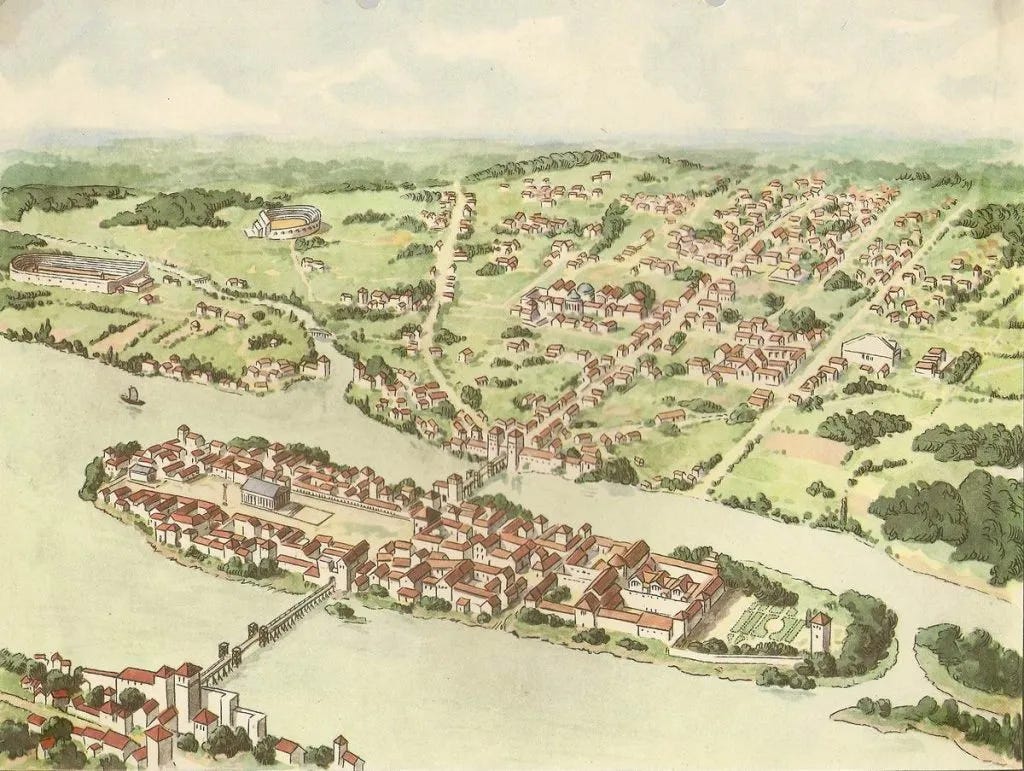
The walls did not keep out the Romans but for many years they held the mighty, unending forces of Rome at bay. Once Roman, these mighty forces built a small relatively unimportant outpost called Lutetia in the first century AD. Here was the center with the Cardo or cross roads developing from North and South/East and West, the Cardo Maximus right along what is today one of my favorite streets of all time, the Rue Saint Jacques. This is the North South road from France to Spain, a trade route that made the Celts rich in their day and the Romans stronger in their conquest. Before we leave the Cardo, the cross hatch of all Roman cities since, forgive me, "All Roads Lead to Rome," remember to see two special places. Across the street from Shakespeare and Co. there is a Roman grist mill with a small sign. Rome is everywhere if you look for it. There is a photo of it somewhere in my own Roman ruins but you get the picture. The second spot on the Rue Jacob is a glimpse of the Masonic Temple where the Revolution of 1789 was hatched.
The Arenes de Lutece is the oldest monument built in Paris. This theatre could once seat 15,000 people and was used also as an amphitheatre to stage gladiatorial combats. What a bloody history belongs to Paris! The intimate hotels and restaurants in this area stand atop a dark past.
On the banks of the Seine, the Île de la Cité is another important site in ancient Paris. Notre-Dame Cathedral which was built on a site of a Gallo-Roman “Temple to Jupiter.”
In 1831, Victor Hugo saved the Cathedral of Notre Dame by spear-heading the restoration, not only of the cathedral but sparing the Roman ruins that were found nearby. Rediscovered in the nineteenth century by a city planner named Théodore Vaquer, the Arenas were restored during the 1880s and 1890s, in part thanks to efforts of Victor Hugo. Without his heft of reputation, the ruins would have been demolished.
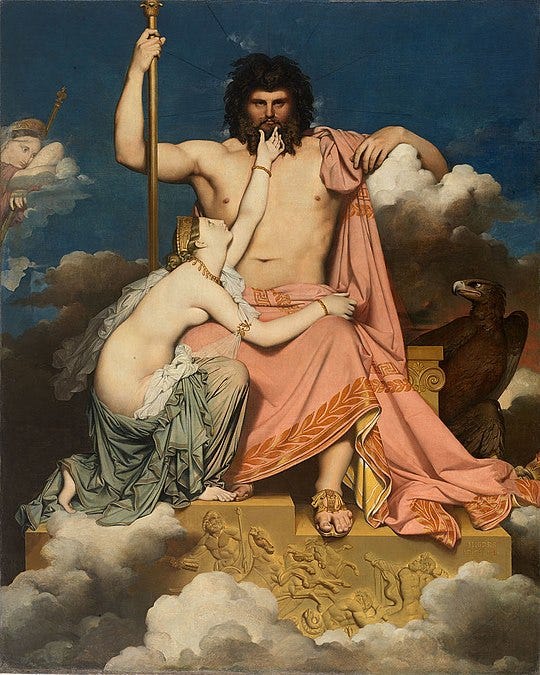
I can not help but think of this painting by Jean-Auguste-Dominique Ingres, his creation of 1811. Did Victor Hugo see this painting in the Louvre, which had been a museum for less than 40 years when Hugo published his famous tome in 1836? Could he have imagined a temple to Zeus under the cathedral whilst waxing over the ivory flesh of Thetis? Strange things have happened. Is that Athena in the left corner contemplating havoc?
By the mid-1800's, neglect had left Notre-Dame in disrepair. Think of the Revolution alone plus time wearing on the 12th century old girl. Victor Hugo, an ardent admirer, championed its preservation, some would say, through his novel Notre-Dame de Paris (The Hunchback of Notre-Dame). His vivid descriptions captured the hearts of the Parisians, sparking a movement to restore the neglected masterpiece. There is nothing like a story to drive the point home. Political activist, author and artist, Hugo was a polymath, forced to live away from his City of Light for 20 years.
The Aging Zeus? Victor Hugo-a photo taken by the great photographer, Nadar, shortly before Hugo's death in 1885. Surely a god in his own time, he was recognized by the Parisians in every way possible. On his 84 birthday, a parade with an orchestra of 5000 marched past his home playing...yes...The Marseilles.
He had a passion for the Gothic and would have been so proud of the restoration of the cathedral, recently re-opened in 2024 after a devastating fire of 2019.
No, she is not the cathedral of Quasimodo but skillfully recaptured in her glory. Paris has been through worse. As dark histories go, I would have to place her at the forefront. Yet, she arises from the ashes, refined renewed, battle scarred but exquisite...not unlike Ralph Fiennes as Odysseus if I am to borrow from a loose figure of speech.
As I close, I leave you with this beautifully crafted walk through Roman Paris from Paris Unlocked.
Can we ever fully unlock Paris?



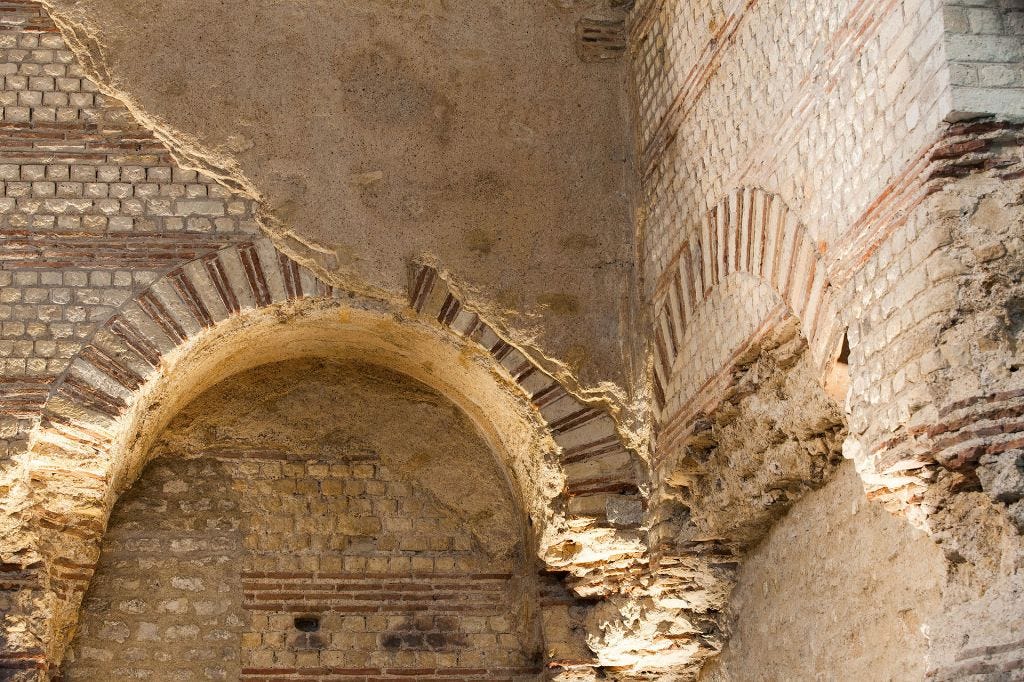
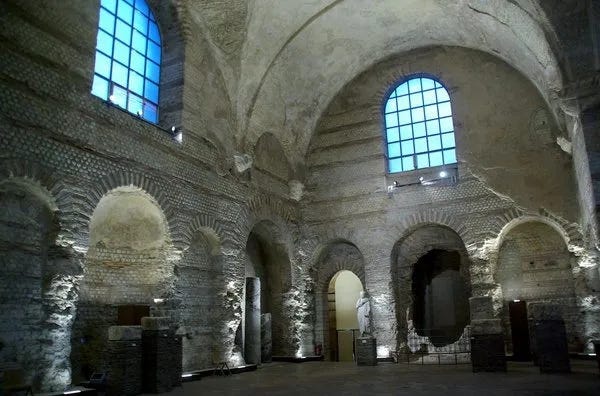
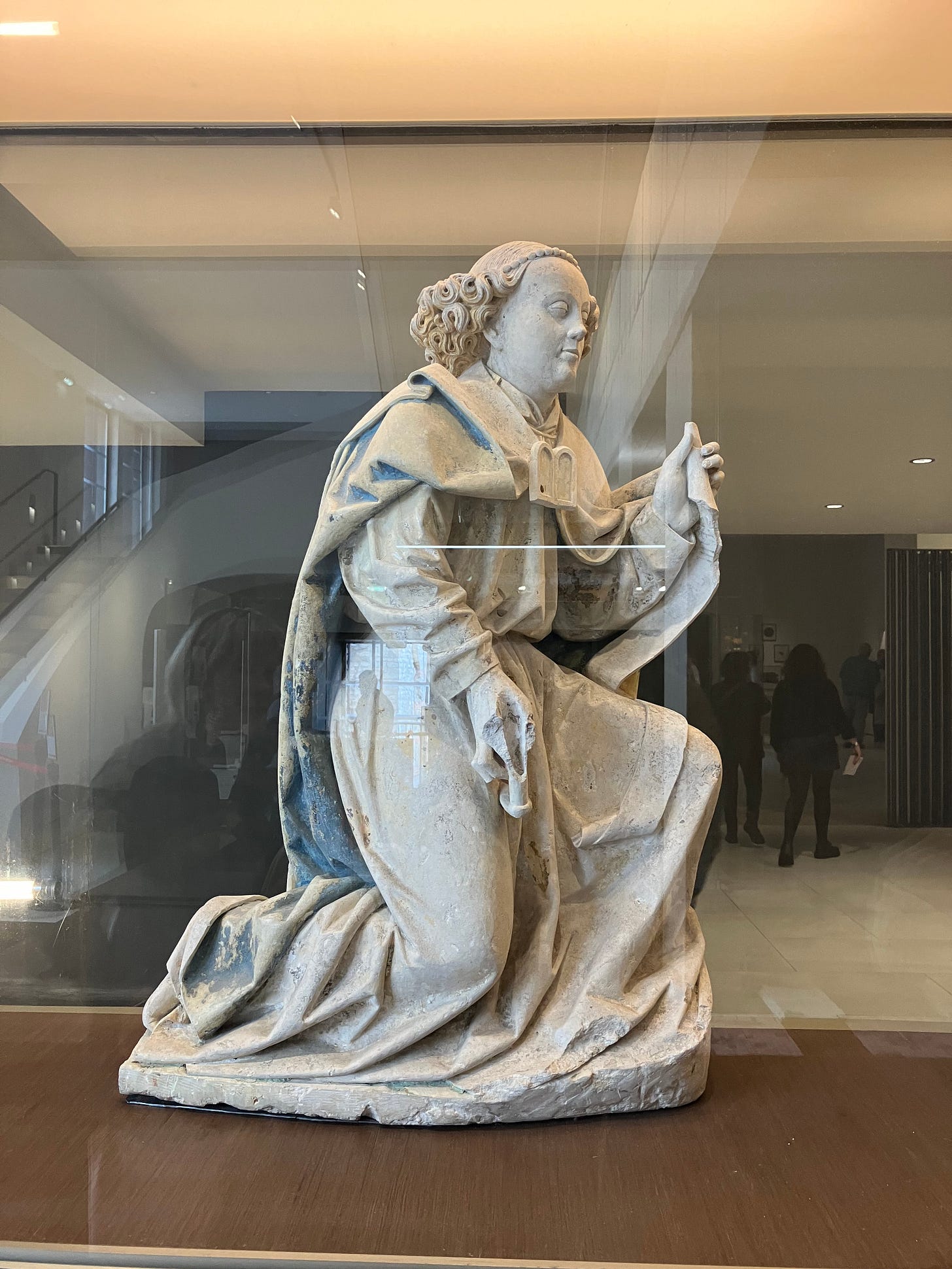
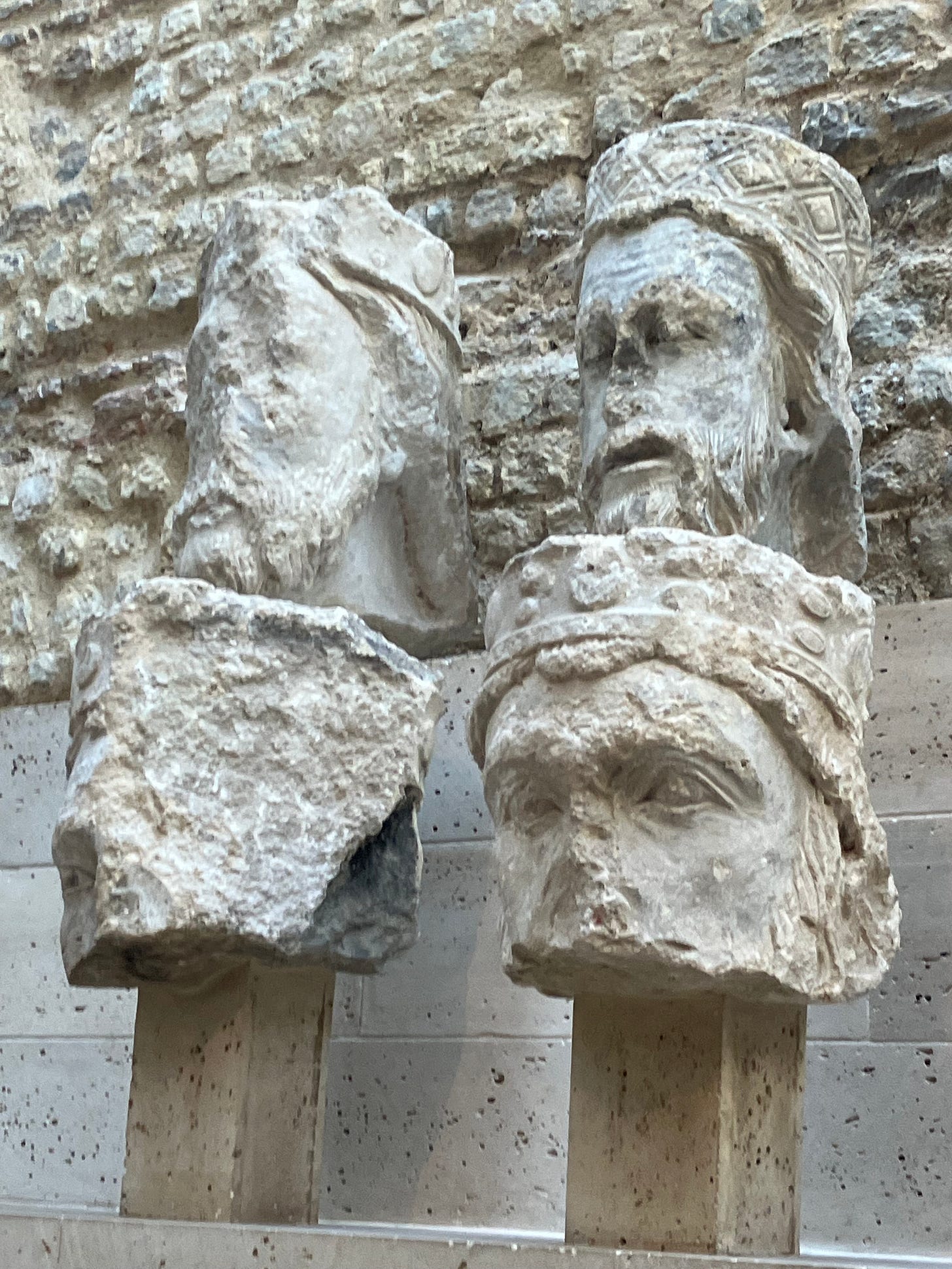
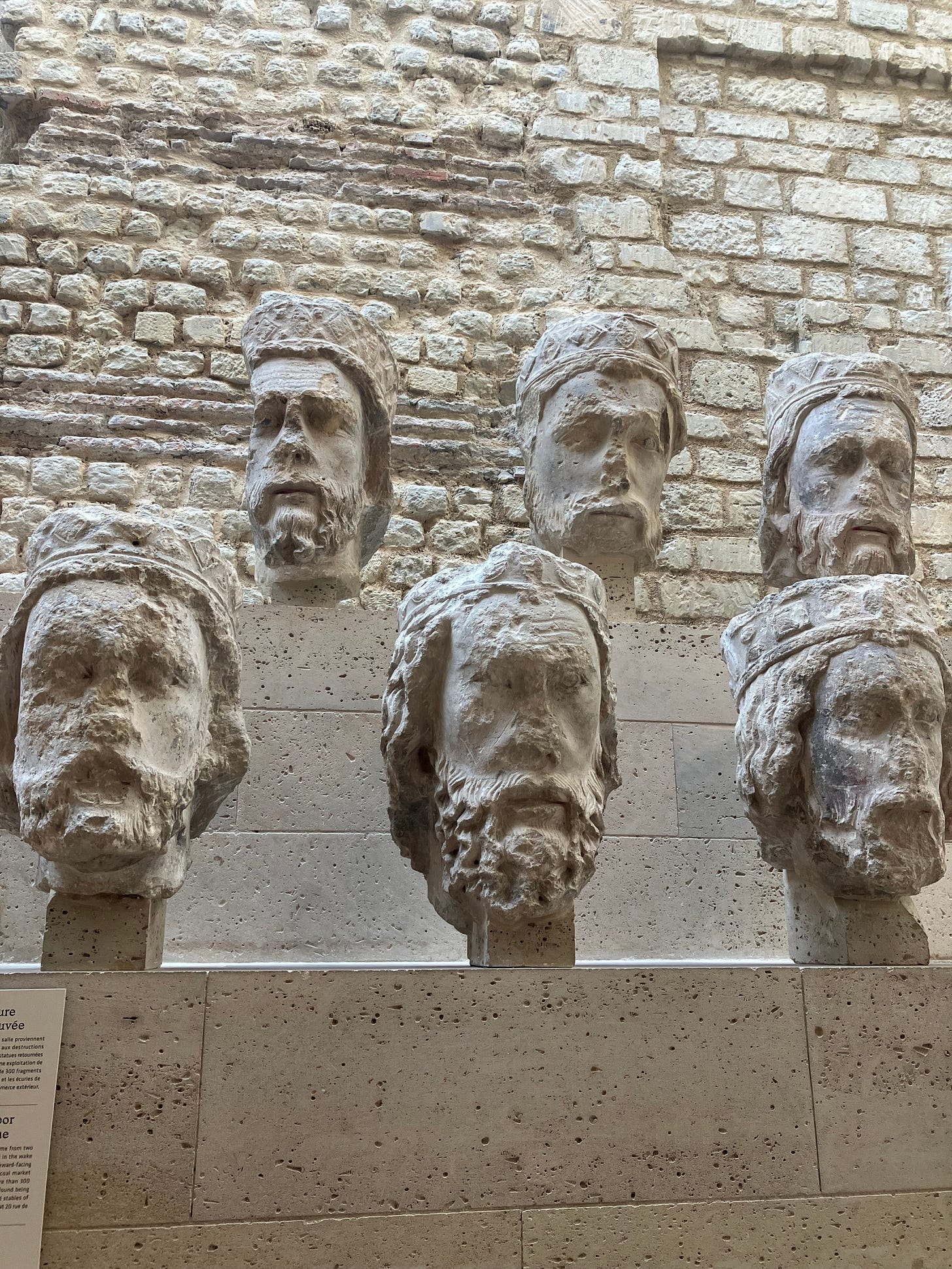
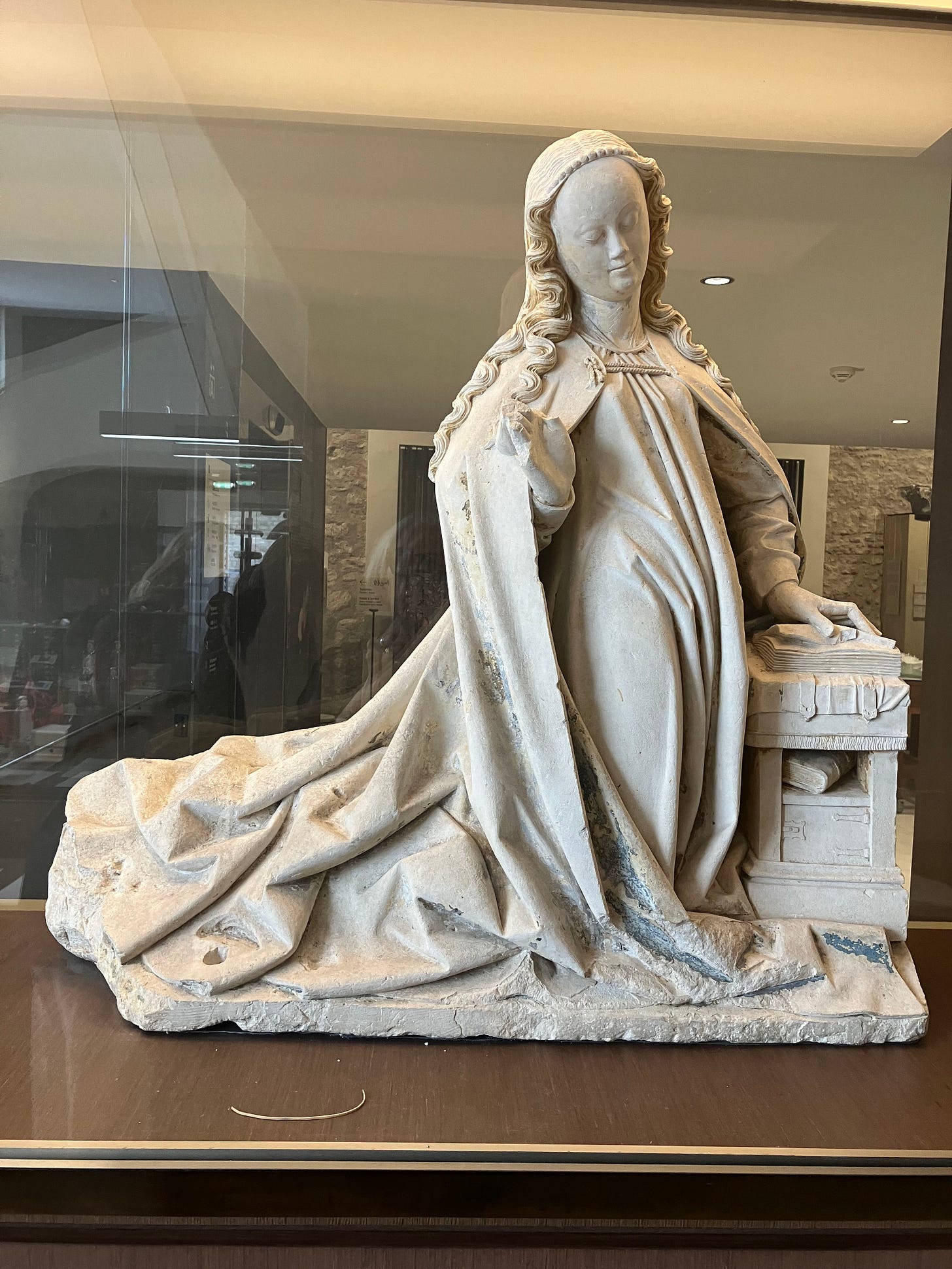

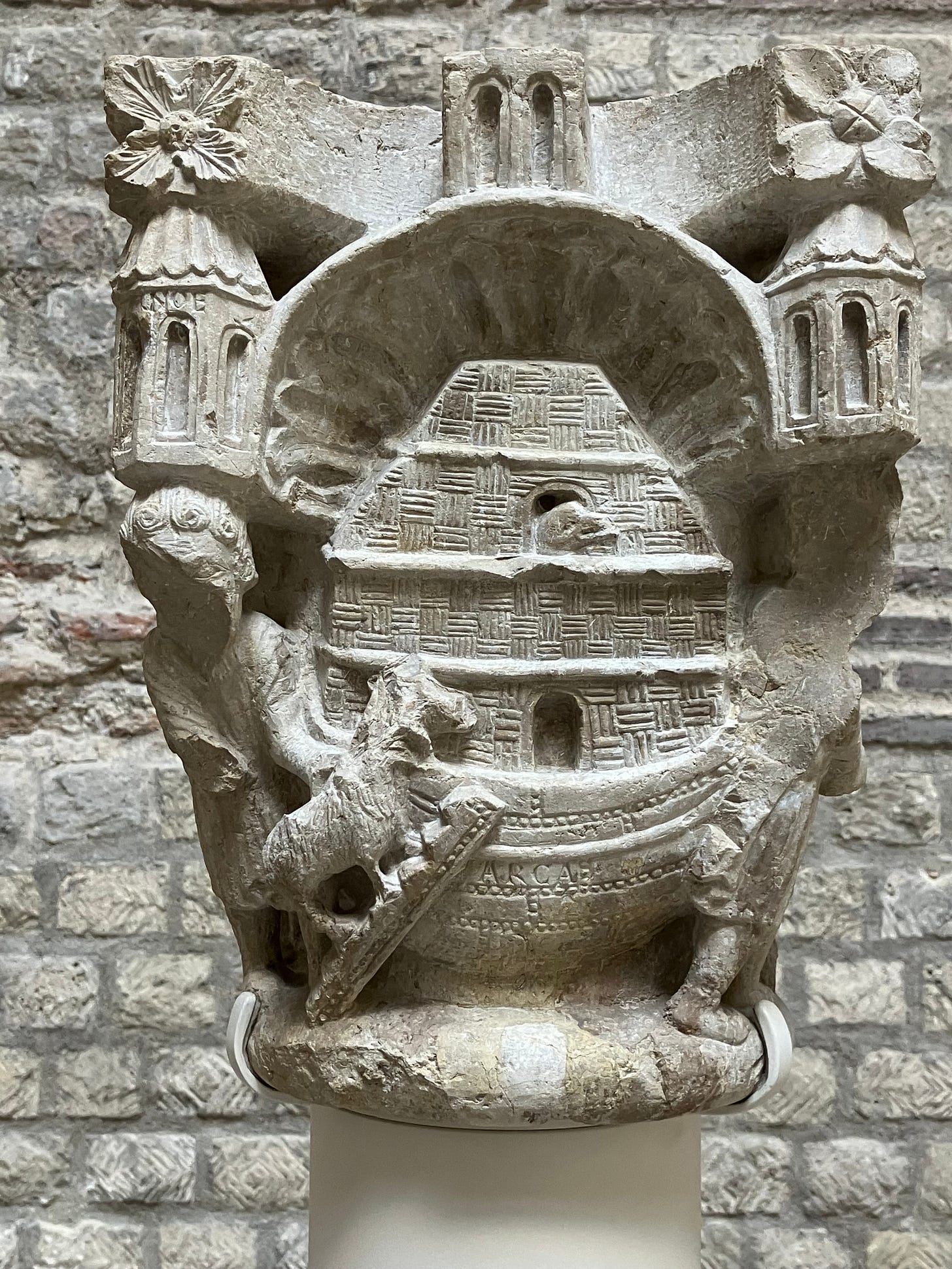
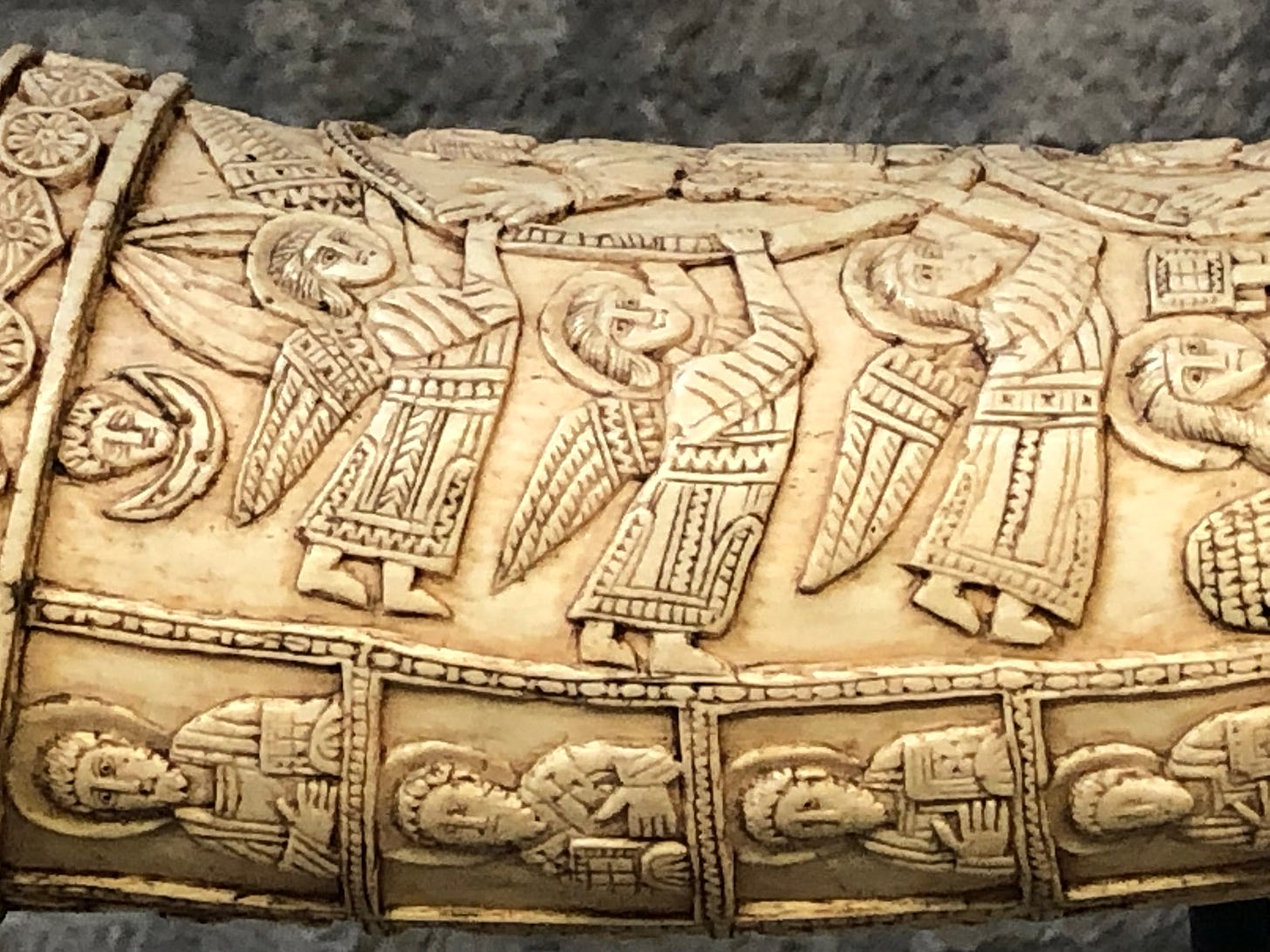

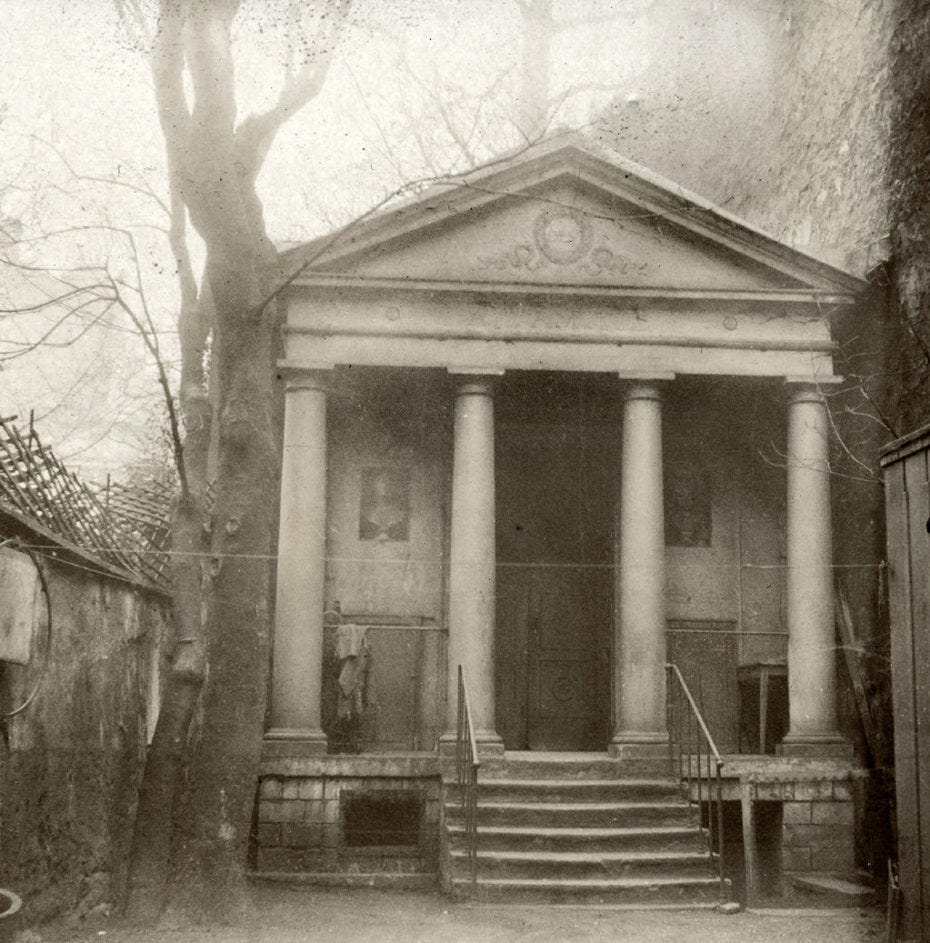
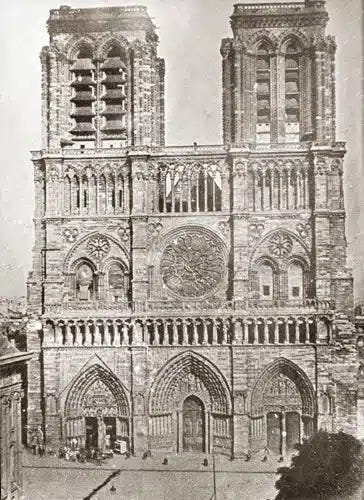
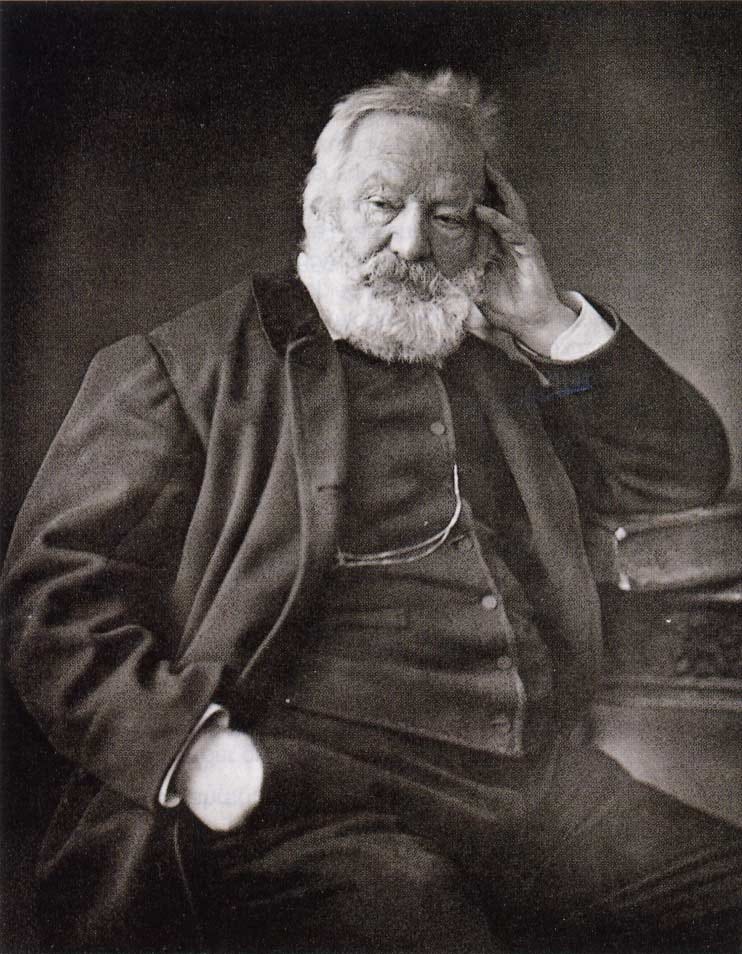
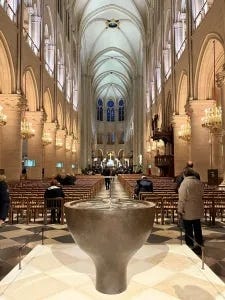
J'adore ça, merci, Marie! I haven't been in Paris since the last century but your words bring it all back--transporting!